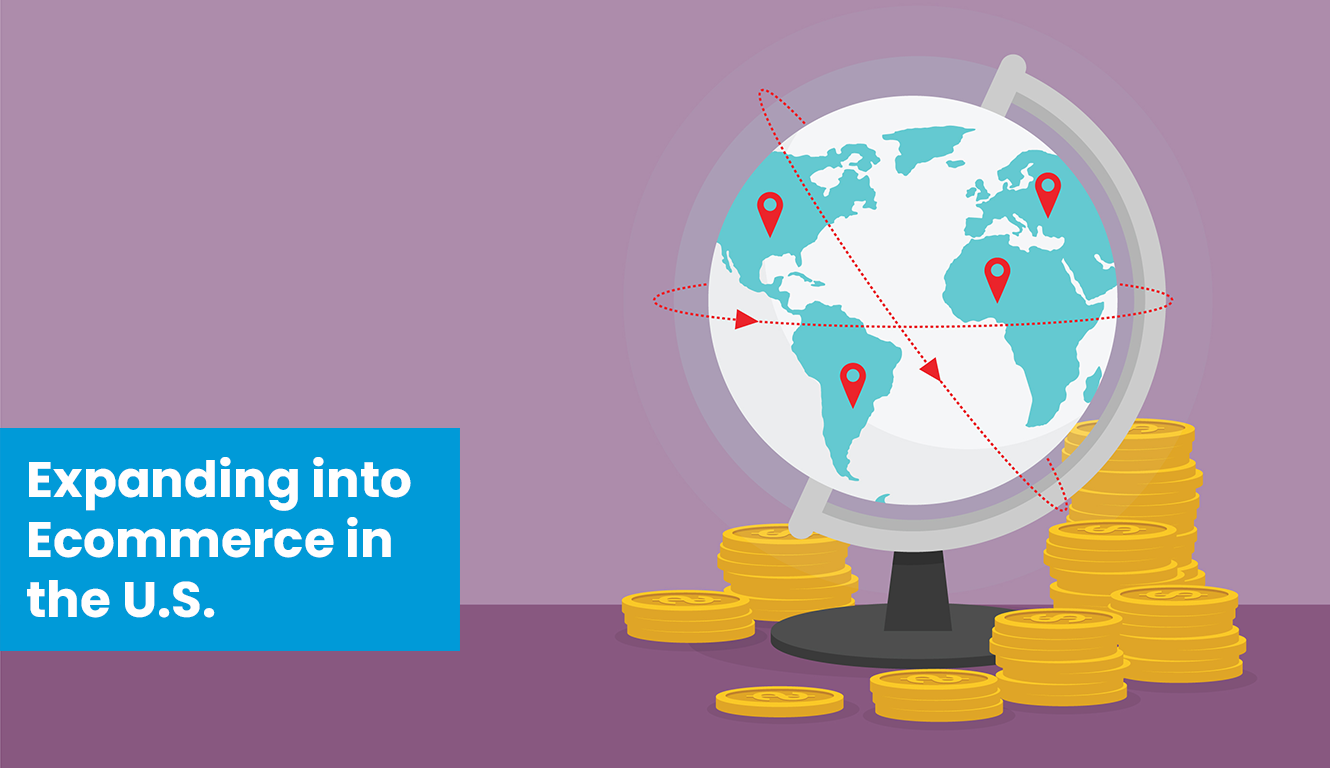5 Things European Brands Expanding into the U.S. Ecommerce Market Must Know

In 2021, U.S. ecommerce sales reached upwards of $651.83 billion. Thanks to the sheer size of the U.S. market, coupled with technological advancements and steady consumer demand, selling in the United States can be a lucrative proposition. Many international brands who have seen success in Europe look to the U.S. as a pivotal step in expanding their sales.
Despite the appeal, migrating a European business into the U.S. market is not as simple as copy-and-paste. It requires a lot of strategic planning to successfully build a brand into something that resonates with a new customer base.
Here are five key factors for any European brand to consider before breaking into the U.S. market.
Identifying and Meeting U.S. Standards Must Happen Before Going to Market
No matter what category a manufacturer sells within, there are non-negotiable U.S. standards and certifications that products must pass to go to market.
For example, lighting manufacturers will have to make significant changes to their European products before they can be sold in the United States. Voltage, bulb socket and wiring are different in the U.S., and to sell commercial fixtures, products must receive UL certification which can be challenging and time-consuming. These necessary adjustments force manufacturers to develop a plan for meeting these standards, whether in their foreign warehouses, in a United States warehouse or a combination of the two.
Manufacturers can ensure they are meeting the necessary standards by confirming with their retail partners who already have a firm footing in the American ecommerce landscape. Making the necessary changes to meet U.S. standards will get products on site faster and protect businesses from costly mistakes.
Establishing an Operational Foundation Will Make or Break Expansion Efforts
The operational and logistical demands of migrating a European business into the U.S. are the most challenging and time-consuming component. Think of the operational foundation as a giant puzzle, and if one piece is missing, none of it works.
This includes committing to a shipping game plan, a well-defined assortment strategy and a budget. Depending on the size of the latter two, a manufacturer can try different operational methods:
- Produce and ship all products from Europe, which cuts down on U.S. costs but leads to longer lead times and potential loss of sales.
- Buying or renting warehouse space in the United States, hiring a warehouse team and shipping all or some of the assortment domestically.
- There’s also a hybrid approach, where a manufacturer could choose to house a select assortment of top-selling SKUs in the United States to ship domestically. The rest of the assortment could then be shipped internationally.
Think of the operational foundation as a giant puzzle, and if one piece is missing, none of it works.
“The jury’s still out on what’s the best plan of attack,” said Christie Lomanov, BrandJump Brand Manager. “The deciding factors tend to be the size of your budget and how big of a commitment you’re willing to make.”
Manufacturers should be diligent in exploring every possible option to find what works best for them.
Translating Product Content and Marketing Materials Gets Your Products on Site Sooner
Content is king in ecommerce, and it’s crucial to get your content up to U.S. and retailer standards.
Think of translating your content in two buckets: user-facing content and non-user-facing content.
User-facing content that might need translation or adjustments include things like bullet points, product imagery (depending on U.S. assortment plans), product descriptions, website copy and various marketing materials.
Non-user-facing content is less glamorous, but arguably more crucial in getting up and running. This piece includes things like shipping weights, product weights, product specifications and retailer requirements – all things that are required to get a product live on a retailer website.
Making note of U.S. standards, developing a plan and then giving yourself ample time to execute will alleviate headaches and make the transition to market more seamless.
Conducting Market Research Helps Establish New Brand Positioning
No matter how successful or well-known your European brand is, it’s important to showcase legitimacy and build a connection with your new U.S. customer base. Furthermore, even with a highly successful European presence, no market is the same. Moving to the U.S. landscape gives manufacturers the opportunity to tweak their brand to better market to an American audience.
American and European audiences can be very different—one example might be around sales and promotions.
“To quickly ramp up and start making sales in the U.S., you almost always have to be willing to put your products in promotions.”
“In the United States, the concept of promotions and sales are very commonplace. But with some international manufacturers, it can carry a negative connotation,” said Luke Schoenly, BrandJump Associate Director of Brand Management. “To quickly ramp up and start making sales in the U.S., you almost always have to be willing to put your products in promotions.”
Another way to understand how your brand might fit within a new market is by conducting market research. While market research requires more upfront time and investment, it could lead to key insights on what U.S. consumers want, what price points they’re willing to pay and more.
Establish a U.S. Decision-Maker to Keep a Pulse on Day-to-Day Dealings
Operating a U.S. ecommerce business and European ecommerce business is far from apples to apples. With how fast online retailers move, having a decision-maker in the United States will ensure your business has adequate support in the day-to-day operations.
Between time zone discrepancies, shipping issues and customer-retailer communication, lag time can make a big difference. Establishing a point of authority based in the United States can be an effective way to keep a pulse on domestic happenings and decrease communication barriers.
“Having a U.S. contact, no matter what you do logistically, is so crucial,” Schoenly said. “Without a decision-maker in the United States, your brand will suffer. Long-distance communication and lengthy decision-making timelines can often be the kiss of death in ecommerce.”
Expanding a European brand to the U.S. is no small feat, but with a strong assortment, solid operational foundation and focused brand strategy, European brands can unlock a new customer base and significantly grow their ecommerce presence.
